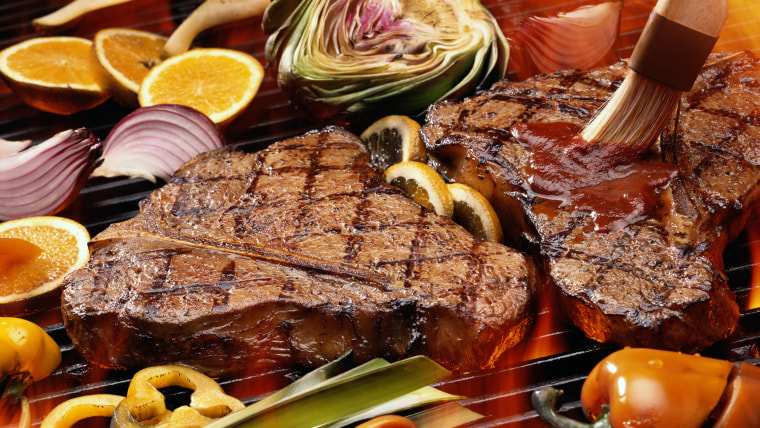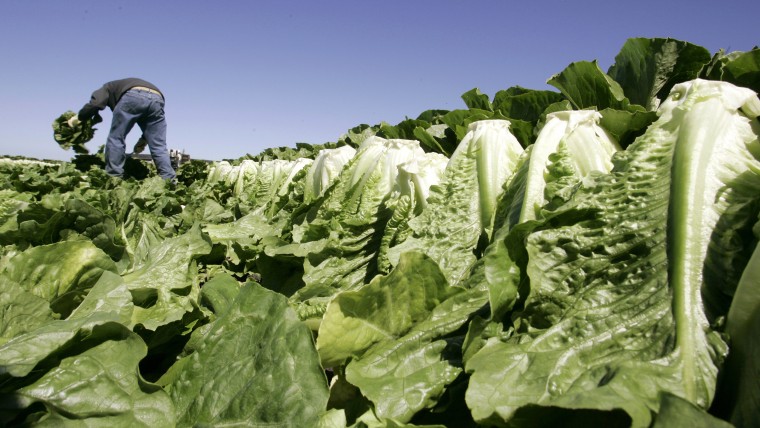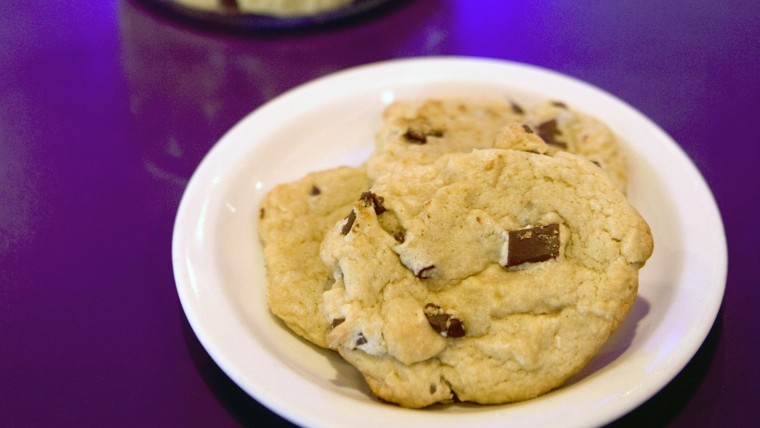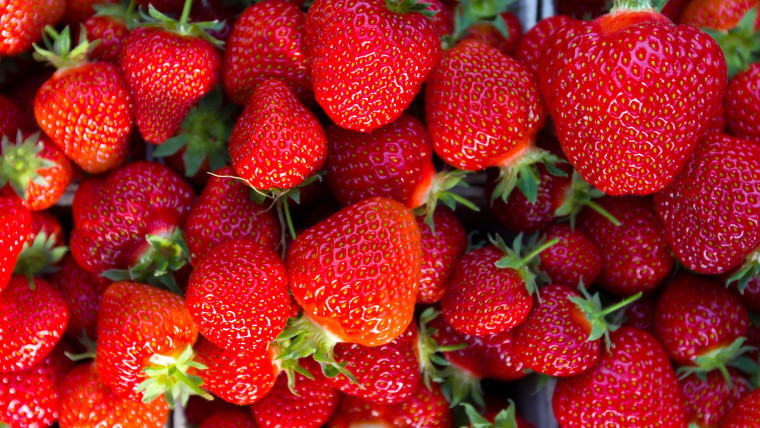Creating the perfect Valentine’s Day dinner may be priceless — but even the most hopeless romantic probably is wondering why their grocery bill for that special night can get so high.
“There’s going to be a story behind all of these foods, and it’s a slightly different story,” said Richard Volpe, an economist with the U.S. Department of Agriculture.
The good news: Volpe expects that this year’s Valentine’s Day dinner won’t be that much more costly than last year’s, because food prices have stayed pretty stable.
By next year, the chef may not be so lucky. Inflation is scheduled to pick up a bit this year. In addition, drought fears in California and wacky weather in places like Georgia could mean you end up paying even more for your favorite foods.
Here’s a look at the menu.

Wine: It’s too late to plan ahead this year, but here’s a pro tip for next year: Buy your sweetie’s favorite wine in January.
A look at the government data from the Bureau of Labor Statistics on wine prices (yes, there is such a thing) reveals that the average price of wine usually spikes in February, as compared to January and March.
That could be because of supply and demand. But it also could be because people are choosing a more expensive wine to celebrate the holiday, noted Corinne Alexander, an agricultural economist at Purdue University.
If there is a major drought in California, that could affect prices for specific wines from that region in years to come. But in general, economists say the wine market has become global enough that you’ll still likely be able to find a good wine at a reasonable price from another part of the world. You just may be sipping an Australian red instead of a California one.
“The price variation in wine is much more brand-related (and) quality-related,” Alexander said.

Steak: Anyone who’s taken Econ 101 knows that prices are generally set by supply and demand, and that is why your favorite red meat may be giving you a little sticker shock.
“The story with steak, and beef in general, is that beef prices are at or near record highs, even adjusting for inflation,” Volpe said.
That’s because lots more people around the world want to eat beef – but the supply of cattle is about the same as the 1950s, Volpe said. Blame the weak economy and two recent droughts for that.
Beef lovers may get a little reprieve on prices in the short term, but that’s not necessarily good news. Alexander said some cattle ranchers may be forced to slaughter some of their cows if there is a severe drought in the West. That would lead to more beef in the short term, but less supply – and higher prices – down the road.

Romaine lettuce: If it seemed like you were suddenly paying a lot more for lettuce last year, that’s probably because prices were rebounding from 2012, when Volpe said unusually warm and wet weather led to more crops and lower prices. Now, things are back to normal.
A drought in the West could affect lettuce prices in the coming year. American consumers would still be able to get lettuce from elsewhere, but it just might cost a little bit more.
Strawberries: The global economy has made it possible to have pretty much any type of produce at any time. That means strawberries in February are not nearly as luxurious as they once were – although you may pay more for them in the dead of winter than in early summer.
If there is a severe drought, strawberries from California may be pricier or harder to come by, Alexander said. In that case, budget-conscious shoppers may look for another fruit instead.
“Maybe this year you eat more peaches or cherries or something else,” she said.

Chocolate chip cookies: Unfortunately the Bureau of Labor Statistics stopped tracking the price of cupcakes in the mid-1980s, but they still keep track of chocolate chip cookies.
In 2013, the average price actually fell a bit, which Volpe said was likely because of the drop in the price of sugar. That’s because sugar producers had a bumper crop, helping to keep up with the rising demand for sweets in developing nations.
So far this year, Volpe has good news for people with a sweet tooth: Sugar prices don’t appear to have started rising again.
Of course, there’s a lot more than the cost of sugar that goes into sweets. Alexander notes things like labor costs, fuel for transporting and packaging make up a significant portion of the total cost.
There’s also that old standby, supply and demand. If you really want to get a good deal on a chocolate heart, you might want to buy it on Feb. 15 instead.
